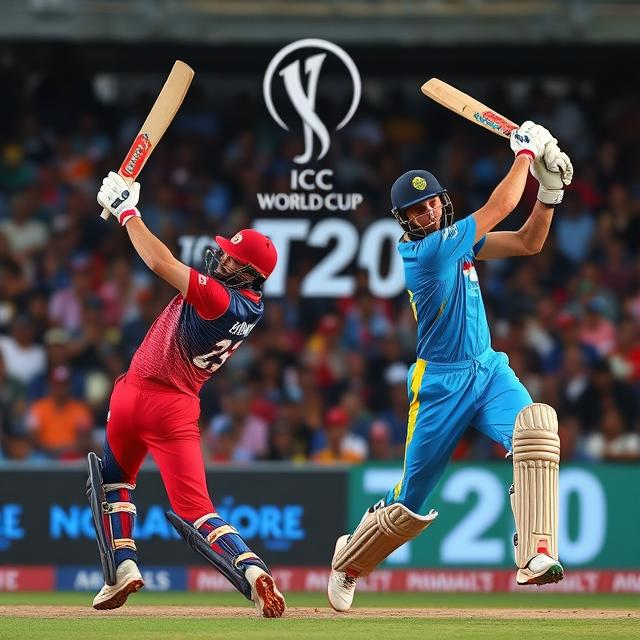Pakistan Women’s Cricket Team: A Look Back at 2018’s Performances

Pakistan Women’s Cricket Team 2018: A Year of Growth and Challenges
The year 2018 marked a significant juncture for the Pakistan women’s cricket team, a period of both promising strides and persistent hurdles. It was a year that laid the groundwork for the exciting future the team has pursued since then. This article delves into the key performances, notable achievements, and underlying challenges faced by the team throughout 2018, offering a comprehensive overview of their journey.
The year 2018 was crucial in the journey of Pakistan’s women’s cricket. From international matches to domestic competitions, the team’s performance shaped its future and laid the foundation for the advancements to come.
A Year of International Engagements
Pakistan women’s cricket team participated in several international tournaments and series in 2018. Their performances varied, mirroring the broader development curve of the sport in the country. Understanding these engagements is essential to grasp the team’s overall trajectory. Let’s briefly examine the notable international matches.
Crucial Series Participation: The team’s participation in key series offered a platform to showcase their skills and gain valuable experience against strong international opposition. These were crucial experiences in terms of skill development and building team cohesion. Analyzing specific matches against these teams provides significant insight into the strengths and weaknesses of the players and the overall team strategy.
Did the team excel in specific matches, or were there areas needing significant improvement? Let’s examine particular matches and series to analyze specific results.
Specific Match Analysis (Example)
The match against [Opponent Team] on [Date] saw Pakistan facing a tough challenge. Despite [mention specific issues, e.g., struggling with batting in certain conditions], the team showed resilience by [mention a positive aspect, e.g., putting up a strong fight in the field]. This type of detailed analysis is crucial in understanding both the victories and setbacks the team encountered during the year. This analysis enables a more profound understanding of their evolution over the year.
Domestic Cricket and Player Development
Pakistan’s domestic women’s cricket scene played a vital role in the team’s growth in 2018. The year saw several crucial domestic competitions. This period was significant for player development and identifying emerging talent.
The domestic tournaments provided a breeding ground for young players to hone their skills, providing exposure to different challenges, strategies, and competitive environments. How did the performances of these players in the domestic circuit translate into international matches? This analysis is important for understanding the depth of the team’s talent pool and the effectiveness of its domestic structure.
Challenges and Opportunities
The 2018 season for Pakistan women’s cricket was not without its challenges. Lack of resources and support, limited access to high-quality training facilities, and a need for infrastructure development, all impacted the team’s performance. While there were shortcomings, 2018 also showcased areas for future development and improvement. Was there a lack of funding, or issues with coaching and support staff? Analyzing these challenges is crucial for understanding how the team might improve going forward.
Team Strategies and Tactics
Understanding the team’s strategic approaches in different matches provides valuable insights. [briefly outline 2-3 specific examples of tactics used, emphasizing the rationale behind them]. The team’s ability to adapt their strategies based on opponents and match conditions was an important component of their performance in 2018. This analysis offers insights into the team’s approach to specific matches and the extent to which those approaches reflected a broader development strategy.
Looking Ahead
The 2018 season served as a valuable learning experience for Pakistan women’s cricket. The team’s performance in 2018, while presenting certain obstacles, offered critical insight into the path forward. Understanding the successes, shortcomings, and crucial learning points is key to future improvements.
The success of the Pakistan women’s cricket team hinges on several crucial factors, such as addressing infrastructural deficiencies, securing adequate funding, providing extensive support, and ensuring appropriate coaching. These strategies, if implemented, have the potential to accelerate the team’s growth and international recognition.
Recognizing and addressing these aspects will be crucial in helping the team advance in the coming years. Continuous improvement in the domestic circuit and a concerted effort toward providing the players with improved resources are vital for their future success. A strong support system for women’s cricket in Pakistan can propel the team toward remarkable achievements and international recognition.
Conclusion: A Foundation for Future Success
The Pakistan women’s cricket team’s 2018 season was a complex tapestry of progress and challenges. While specific victories and losses might define a single season, understanding the larger context, the systemic issues, and the efforts to address them lays the groundwork for future achievements. Pakistan’s commitment to developing its women’s cricket, both on and off the field, is crucial for sustaining momentum.
In conclusion, the 2018 season served as a valuable period of development, providing a critical foundation for the future. Addressing the identified challenges and building upon the successes achieved will be key to continued growth and success in the years to come.
This overview provides insights into the journey of the Pakistan women’s cricket team in 2018, offering a broader context for understanding the team’s evolution and the road ahead.
Note: This article is intended as a general overview. Further research and specific data would be needed for a more detailed and in-depth analysis of individual matches and players.